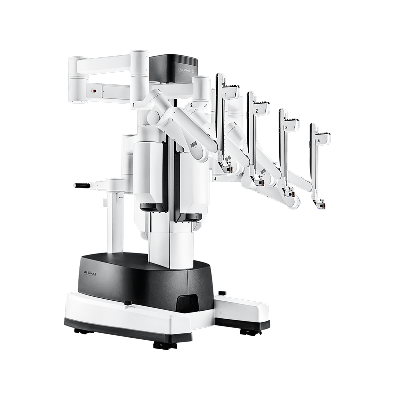Mikro Ultrason Transperineal Biyopsi

Precision Prostate Biopsy
Micro-Ultrasound Transperineal Biopsy is one of the most advanced and innovative techniques used in the diagnosis of prostate cancer. Offering much higher resolution compared to standard ultrasound systems, micro-ultrasound technology allows for a detailed evaluation of prostate tissue. Through the transperineal (perineal area) biopsy approach, diagnostic accuracy is improved while the risk of infection is minimized.
Technological Infrastructure and Application
The micro-ultrasound device operates at frequencies up to 29 MHz, enabling visualization of prostate tissue with near-MRI quality. This high-resolution imaging provides a more precise and detailed assessment of suspicious areas.
In the transperineal biopsy technique, needle entry is performed through the perineal region. This approach eliminates the infection risk associated with traditional transrectal biopsies. With real-time guidance provided by micro-ultrasound, the biopsy needle is directed to the target area with millimetric precision. As a result, sampling is performed from the correct location, significantly reducing false-negative rates.
Advantages
- High-resolution imaging reveals even the smallest structural details of the prostate.
- The transperineal approach minimizes the risk of infection.
- Targeted biopsy ensures accurate sampling from suspicious areas.
- Reduced false-negative rates increase the likelihood of early and accurate diagnosis.
- Patient safety and comfort are prioritized throughout the procedure.
Clinical Applications
Micro-Ultrasound Transperineal Biopsy is primarily used in prostate cancer diagnosis but also plays an important role in the following situations:
- Suspected Prostate Cancer: Targeted biopsy for patients with elevated PSA levels or abnormal examination findings.
- Post-Negative Biopsy Cases: Repeat biopsy in patients with suspicious lesions detected by MR or ultrasound.
- Prostate Cancer Staging: Assessment of tumor spread in diagnosed patients.
- Follow-Up Biopsies: Periodic biopsies in active surveillance of low-risk patients.



